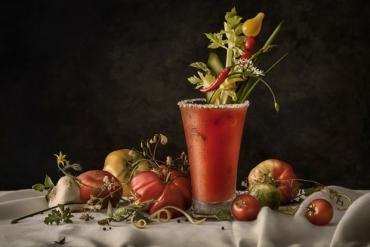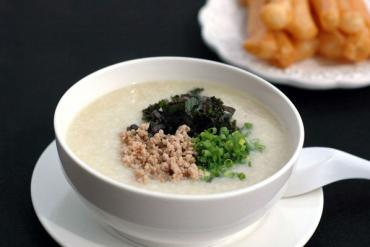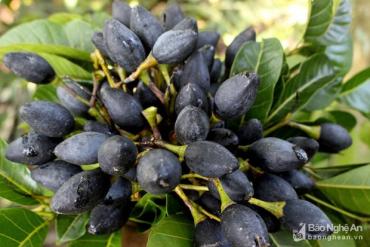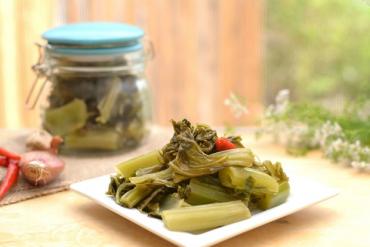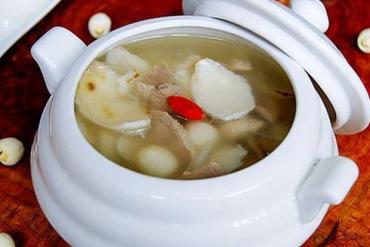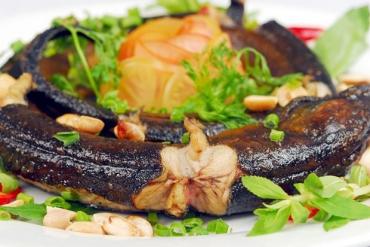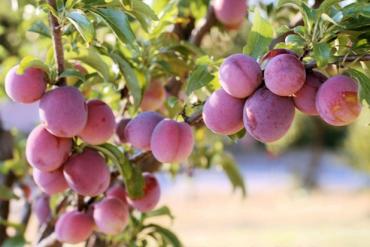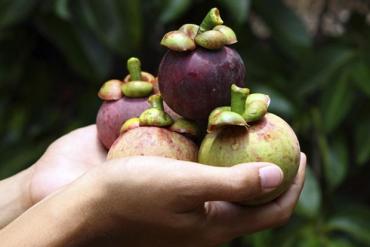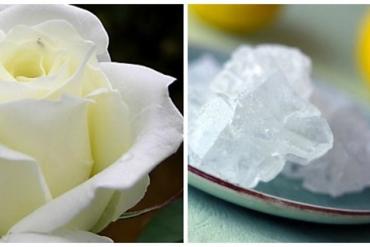- About
- Product
- TAKY
- Coconut Milk Powder
- Bột đơn chất
- Frying Mix Flour
- Vietnamese Cake Flour
- Bột bánh bò 500g
- Bột bánh xèo Cốt Dừa TAKY 400g
- PANDAN LEAF STEAMED LAYER
- TAKYCAKE STEAMED RICE CAKE POWDER
- Bột bánh đúc cốt dừa 250g
- Bột bánh bao 400g
- Bột bánh canh 500g
- Bột bánh bột lọc 500g
- Vietnamese Stuffed Pancake Flour
- Vietnamese Coconut Pancake Flour
- Vietnamese Crispy Pancake Mix (Yellow)
- Vietnamese Crispy Pancake Mix (Blue)
- TAKOKY
- SENTA
- TAKY
- Distribution
- News
- Comments
- Contact
Various colours safe for family health. Things to keep in mind when buying
Date 07 month 01 year 2019
The quality of a product is assessed based on its nutritional and sensory values. Color is one of the important factors of sensory value. Therefore, food coloring is increasingly used quite commonly in processing and manufacturing. However, the vast majority of people do not know what color is harmless or what is harmful. The following article will analyze in detail the necessary knowledge about food color, thereby helping people to make smart, smart choices in food shopping and processing for families.

How many types of coloring are there? Names and symbols of common food coloring on the market
Food colors (also called colors) are divided into 2 large groups: natural color group and synthetic color group. Products on the market are more or less used coloring, but not all are good for health, especially children under 3 years old. Therefore, we need to know the names and symbols to be able to distinguish them in many components of the product, as well as to choose a color that is not harmful to health for use at home.
1. Natural colours:
Is extracted or processed from organic materials (plants, animals) available in nature. This group is not harmful to user health. However, poor durability, if used in large quantities, the price of the product is high. The popular natural colors in Vietnam market are as follows:

E140 - Chlorophyll and E141- Chlorophyllin: collected from amaranth, hemp leaves and other green vegetables concentrated with concentrated alkaline solution (3kg NaOH for 100kg of fresh leaves) for 2 to 3 hours. Chlorophyll and Chlorophyllin are both green, but Chlorophyll is more durable. Dosage: 15 mg / kg of body weight
E163ii - Anthocyanins or Grape Skin Extract: extracted from grape skins, there are 5 types of Cyanidin (E163a), Delphinidin (E163b), Malvidin (E163c), Pelargonidin (E163d) and Petunidin (E163f), diverse colors, red, purple , pink and other similar colors. Dosage: 0.1 mg / kg of body weight
E100i - Curcumin: orange-colored, obtained from turmeric, used in the production of curry powder, mustard, soup powder, dairy products. Dosage: 0.1 mg / kg of body weight
E101i - Riboflavin: obtained from yeast, wheat germ, eggs and animal livers. Riboflavin is an orange-yellow color, used in the manufacture of dairy products, ice cream, cakes, confectionery. Dosage: 0.5 mg / kg of body weight
E120 - Acid carmines: bright red, obtained from eggs and juveniles of a dried red aphid insect. Preparations containing 10 to 15% carmin acid, used for appetizers, cooked meat, dairy products. Dosage: 2.5 mg / kg of body weight
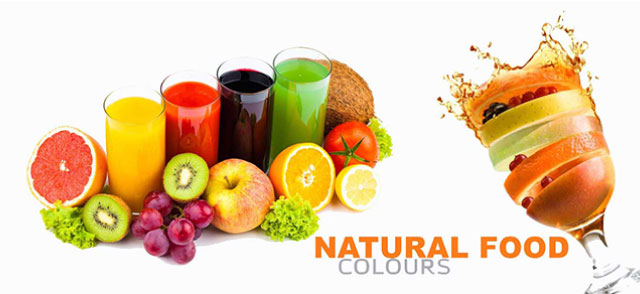
E150i - Caramel: dark brown, obtained by boiling saccarozo sugar at high temperatures, used for vinegar, wine, beer, meat, fish, tofu products. Dosage: 100 mg / kg of body weight
E160 - Carotenes: Natural carotenes include E160a (i), E160a (ii), E160b, E160c, E160d and E160f, orange color. Dosage: 2.5 mg / kg of body weight
Oxidized polyphenols: dark brown, obtained from black tea, used for a variety of beverage, meat, fish and confectionery products. Dosage: unlimited, depending on the color of the product that adjusts accordingly
2. Synthetic colors (Artificial colors):
As pigments created by chemical fusion reactions, the test is not likely to be toxic in the long run before being permitted for production, circulation and use. Synthetic colors are preferred for beautiful colors, cheap prices, high color fastness, with a small amount of colors to meet the requirements. However, it must be used below the allowed limit, so as not to cause harm to users.
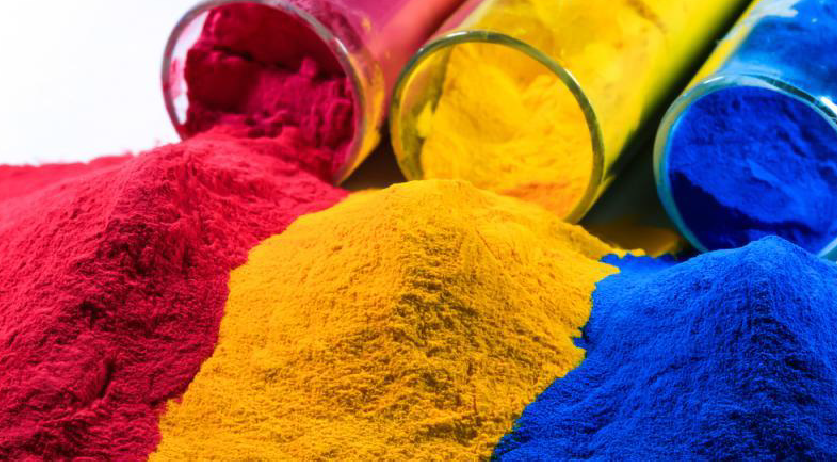
Yellow substance group:
E102 - Tartrazine: lemon yellow, used in the manufacture of confectionery, desserts, jams, caviar, shrimp, cheese rinds, cooked meats. Dosage: 7.5 mg / kg of body weight
E104 - Quinoline: yellow in color, used in the manufacture of such items. Dosage: 2.5 mg / kg of body weight
E110 - Orange yellow S or Sunset Yellow FCF, Yellow 6: has an orange color, used in the manufacture of these products. Dosage: 0.5 mg / kg of body weight
Red substance group:
E122 - Azorubine or Carmoisine: Used in jams, candies, syrups, soft drinks. In addition, this pigment is also used in the dyeing and printing industry. Dosage: 0.5 mg / kg of body weight
E123 - Amaranth: colored red, used in the production of caviar, juice, grape wine. Dosage: 0.75 mg / kg of body weight
E127 - Erythrosine or Red 3: Used in the manufacture of such foods. Dosage: 2.5 mg / kg of body weight
There are also some other red colors such as E124 (Ponceau 4R), E128 (Red 2G), E129 (Allura Red AC)

Green substances group:
E131 - Patent Blue V: light blue, used in the manufacture of confectionery, dessert food, ice cream. Dosage: 2.5 mg / kg of body weight
E132 - Indigotine or Blue 2: blue, used in the manufacture of ice cream, confectionery and jam soaked in sugar. Dosage: 5 mg / kg of body weight
E133 - Brilliant Blue FCF or Blue 1: light blue, used for confectionery fox, confitur, syrup, canned food. Dosage: 6 mg / kg of body weight
E142 - Green S: light green, often used with other green colors to create green, used in the production of sugar lozenges, syrup, soft drinks, confectionery, wine. Dosage: 5 mg / kg of body weight
Black substance group:
E151 - Brilliant Black BN: bright black, used in the manufacture of confectionery, dessert food, jam, wine. Dosage: 1 mg / kg of body weight
White substance group:
E171 - Titanium Dioxide: found in some sweets, cakes, fast foods, toothpaste and detergents in laundry detergents
TOXIC HAZARDOUS: all synthetic pigments are toxic to humans, if used in excess of doses easily cause allergies and poisoning. Long-term accumulation will cause illnesses that are dangerous to health, increasing the risk of cancer. Therefore, when using must strictly comply with the regulations on the type of use and dosage allowed.
Assorted of color products, application of each types
1. Liquid food - usually exists in liquid form like water
Uses: commonly used in common foods such as cooking sticky rice, making candies. This is a very popular color, almost no need to go to the specialized bakery tool store to find this color.
Advantages: easy to buy, easy to find, easy to control the color.
Limitations: Can only be used in some types of regular cakes. Because of the high water content, using a variety of colors to create the desired thickness can change the texture of the cake.

Usage: pour color directly into food, can be used by machine or hand to mix colors.
2. Icing color - a color used exclusively for decoration, usually in gel form, denser than watercolors
Uses: specialized for decorating like mixing cream colors. However, people can still use for other purposes such as cooking sticky rice, jelly, ...
Advantages: dense ingredients should color very well, does not affect the structure of the cake.

Limitations: difficult to mix well, easily leaving behind tiny particles
Usage: Just use a toothpick to grab a small pinch of color to achieve the desired thickness.
3. Powder color - powder
Use: used in baking, especially in some difficult cakes such as Macaron
Advantages: catch color very fast, save a lot more color
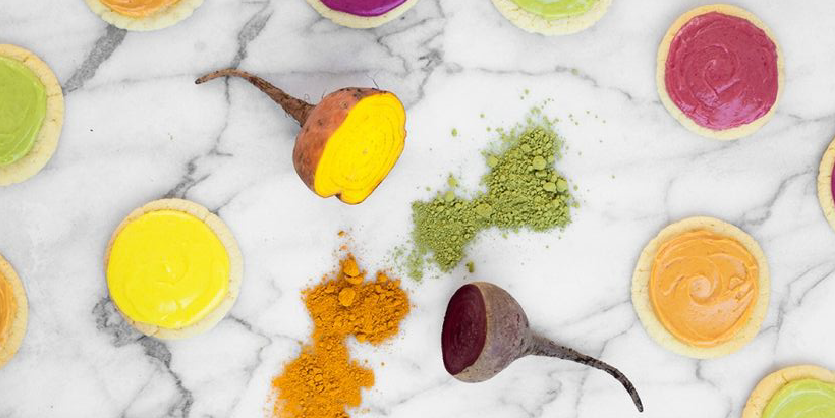
Limitations: difficult to find, relatively difficult to find the color, need to preserve it carefully to avoid clumps.
Usage: Using a machine to mix colors with flour will give the best results.
Currently, Americolor, Wilton and Vcolor are the most used color brands, because they do not contain toxic substances to health. In particular, Americolor and Wilton are two world-famous color firms, recognized for safety and use in many countries. We can easily find these two colors at the prestigious bakeries in the city.
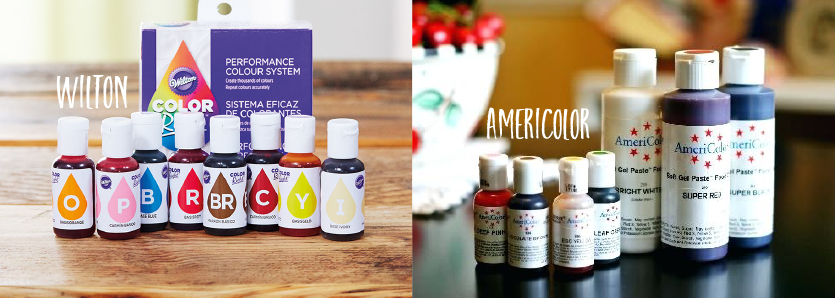
Things to keep in mind when choosing food colors and products that use food colors
1. Do not buy food colors on the free market, with unknown names and origins for home-based food processing. Coloring must be of high purity and the ingredients of a food product must be clearly stated and the name of the color should be clearly stated
2. Buy and use only authorized colors (listed at the beginning of the article) at the recommended dosage, encourage the use of natural colorings of plant origin, or home-made color processing from typical colored vegetables
3. Use the right dose and as little as possible, just color to distinguish the product, not too dark colors
4. Only buy food products with clear labels and addresses. Before buying, you need to check the product ingredients, limit the use of food products with synthetic color ingredients, flashy colors, especially food for children.
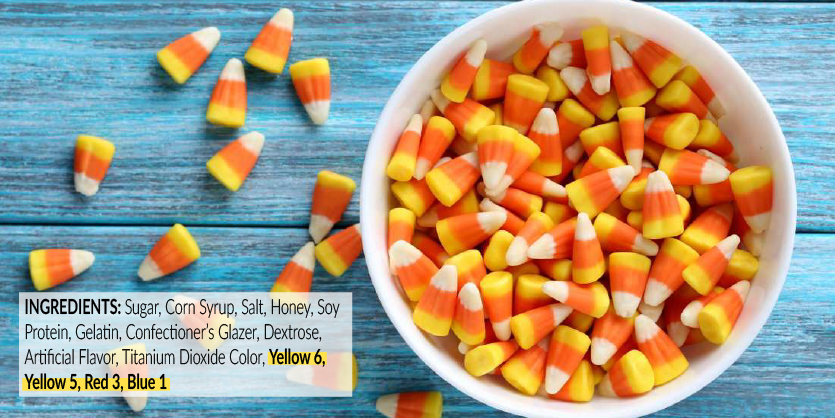
Candy corn using synthetic colors, not good for young children
With the above knowledge, hopefully you can choose for your family the products with non-harmful ingredients, as well as choose the right food color, right way, right dose to get aromatic dishes. Delicious, aesthetic but still safe for family health!
Your comment
Related News
Banh Chung is a traditional food, imbued with national identity, rich in nutrients, indispensable during the Vietnamese New Year’s festival.
Cocktails are a great combination of main wine, liqueur and fruit juice. And recently some scientific studies suggest that women should drink a little alcohol can help boost heart health.
According to Traditional Medicine, remedies from spring onions also call pine silver, spicy, warm air, average calculation, interpretation, neutralization, antiseptic, menstrual, diuretic ... treatment of typhoid, heat ...
In Oriental medicine, Canarium tramdeum is the medicine for many diseases, especially respiratory diseases.
Pickles in addition to delicious food functions, studies show that the health benefits of pickles are good for digestion, can help you lose weight with a variety of healthy antioxidants and may counteract a Number of ...
Lotus seeds have many names such as: Lien Nhuc, Lien Thuc, Lien Me, Lien Tu. In some parts of the world, lotus seed is also considered a symbol of love.
According to Oriental medicine, eel is a delicious food and good medicine, has high nutritional value, sweetness, warmth, non-toxic, tonic liver, spleen, has a cooling effect, laxative, sedative, strong tendon bone, ...
Plums are named lyric, it have contains amino acids: asparagine, glutamine, glycine, serin, alanin, sugar, organic acid, vitamin C ...
Mangosteen is a fruit that is very strange to foreigners, also strange to even some people in Central and North. Ripe fruits have a deep purple color, very thick rind, full of acrid sap - but the intestines are white, ...
According to Oriental medicine, rock sugar tastes sweet, calculates average, into Kinh Ty and Phe. Governmental functions: bổ trung ích khí, hòa vị, nhuận phế, chỉ khái, trừ đàm




